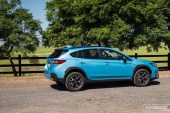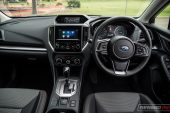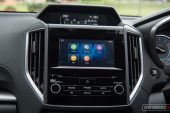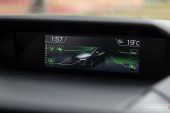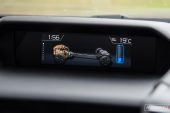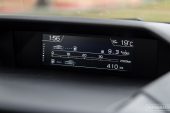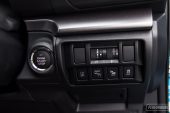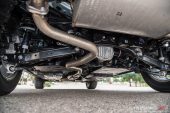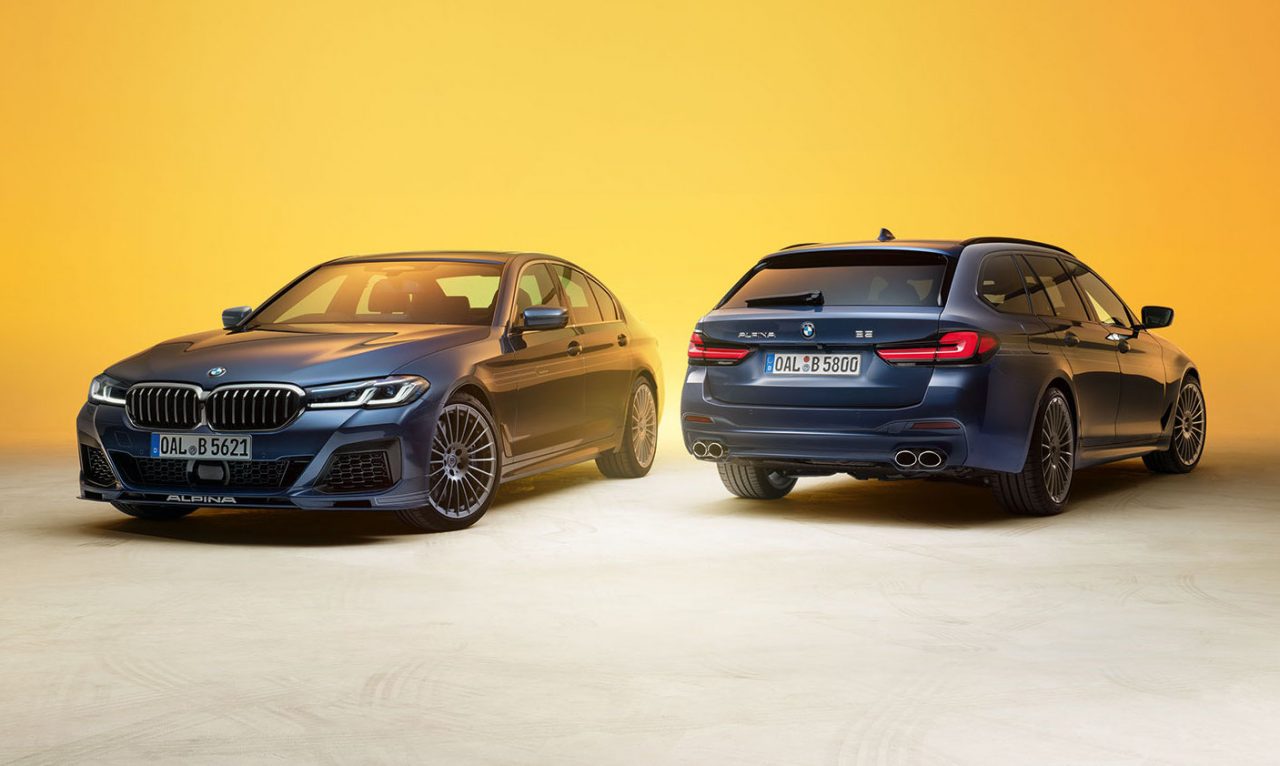The small SUV market is hotly contested at the moment. Almost all manufacturers are vying for the spotlight in the hope to attract the most customers. On that note, here’s the 2020 Subaru XV Hybrid. It was recently introduced in Australia as Subaru’s first hybrid package, and enters the class as one of only a few electrified options currently available.
Subaru Australia introduced hybrid options for the XV and the Forester in March. Both feature a brand new 2.0-litre horizontally-opposed ‘boxer’ four-cylinder petrol engine paired with an electric motor assist system – called ‘e-boxer’. All of the usual Subaru qualities remain, including full-time all-wheel drive and rugged off-road preparation.
Just one trim level of the XV is available with hybrid power, based on the entry 2.0i petrol. Although, the hybrid does add in bonus safety and technology enhancements over the equivalent base petrol model. Prices start at $35,580, which is $6340 more than the 2.0i petrol (excluding on-road costs).
2020 Subaru XV Hybrid – THE SPECS
[column width=”47%” padding=”6%”]Engine: 2.0-litre flat four-cylinder hybrid
Output: 110kW/ 196Nm (12.3kW/66Nm electric motor)
Transmission: CVT auto
Drive type: All-wheel drive
Wheels: F & R: 17×7.0, 225/60
ANCAP: Five stars
Tare weight: 1536kg
Power-to-weight: 13.96:1 (kg:kW)
Official fuel economy: 6.5L/100km
Economy during test: 7.5L/100km
Fuel capacity/Type: 48L/91 RON[/column] [column width=”47%” padding=”0″]Power efficiency: 16.92kW:L/100km
0-60km/h: 5.35 seconds*
0-100km/h: 11.11 seconds*
60-110km/h: 8.20 seconds*
1/4 mile: 18.17 seconds at 126.9km/h*
Max acceleration: 0.621g
100-0km/h braking: 3.17 seconds at 40.87 metres*
Max deceleration: -1.071g
Decibel at idle: 44*
Peak decibel at 60-100km/h: 85*
Priced from: $35,580[/column][end_columns]
* Figures as tested by PerformanceDrive on the day. Factory claims may be different
2020 Subaru XV Hybrid – THE PACKAGE
We think it is great that Subaru has decided to base the XV Hybrid on the entry model. Usually carmakers will reserve advanced technologies for their premium offerings, which can eliminate some of the market that may not be able to stretch to the higher costs. In this case the Hybrid uses pleasantly-textured premium cloth seats, which offer excellent support and comfort in the front. Though, there is no seat-heating available here or electronic seat adjustment or dual-zone climate control. Some of these features are found in similarly-priced competitors.
The XV offers one of the most spacious cabins in the class. It feels really open and approachable, with lots of storage pockets, cup holders, bottle holders, and a everything in between making it a practical and user-friendly environment. Outward visibility is outstanding, partly thanks to the 220mm of ground clearance (shared across all XV variants), but also thanks to the clever positioning of the pillars and big windows. A large quarter window within the front doors really helps too, giving you a clear view around and over the side mirrors.
Most of the fixtures feel robust and are covered in quality material. However, various areas, mainly lower down below the waistline, feature scratchy plastics. This isn’t really a criticism as these areas do need hard-wearing materials to prolong longevity, particularly the lower door trims which are often repeatedly scuffed with shoes as passengers (and careless kids) enter and exit.
Subaru has gone to some length to try and spruce up the atmosphere. There are no monotone sections to be found, for example. The seats and steering wheel showcase interesting orange stitching, and the doors exhibit faux carbon fibre highlights, with brushed-style trimmings for the dash and centre console. For the upper dash Subaru has applied soft-touch leather-look trim, which does seem to help improve cabin acoustics and eliminate any echoes that can be experienced in some rivals.
Subaru’s latest media interface, consisting of a 6.5-inch touch-screen and a separate external button cluster, does offer Android Auto and Apple CarPlay. But since the XV Hybrid is based on the entry variant it does miss out on the 8.0-inch screen presented in the 2.0i-L and 2.0i-S petrol variants. Nonetheless, it does come with digital radio, Siri voice recognition compatibility, and is connected to the range-wide six-speaker sound system. Subaru’s stereo systems in the past haven’t been all that great for pure clarity and bass, but this system will suffice for most music-lovers. A rear-view camera is standard but sat-nav is omitted for the 6.5-inch screen.
A separate digital screen is mounted atop the dash and presents some of the trip information, energy and battery levels, and the status of the advanced EyeSight safety technologies which come as standard with the Hybrid. Subaru’s innovative Side View Monitor camera system, which is usually displayed on this screen in other models, isn’t available on any XV variant unfortunately.
Rear passengers are offered ample legroom and headroom. In fact, the space in the back is one of the standouts for this class. Again though, with entry-level foundations it does mean there are no climate vents or charging ports available in the back. There is a handy flip-down arm rest with cup holders, and decent-size bottle holders in the doors. Orange stitching for the seats is carried through.
Boot space measures in at 345L/919L, which is, strangely, more than what’s offered in the petrol variants (310L/765L). Since the hybrid model has to carry a big battery system, it doesn’t feature a space-saver spare wheel like the petrol models. Instead, there’s a pesky puncture repair kit.
Overall, the interior presents well and most functions are very user-friendly. The touch-screen graphics and menu layouts aren’t the most appealing in the segment, however, pretty much everything is there for a modern motorist to utilise and enjoy. A single USB charge port is featured in the front (two in the centre box), along with a 12V socket.
2020 Subaru XV Hybrid – THE DRIVE
That distinct flat-four throb ensures Subaru’s trademark character is still here. That’s because most of the time the 2.0-litre boxer engine does most of the work. It is one of Subaru’s latest engines, too, running direct injection and a very high compression ratio of 12.5:1 (yet only requires 91 RON fuel). It also features an Active Valve Control System (AVCS) for the intake and exhaust. Outputs are 110kW and 196Nm (5kW less than the non-hybrid XV).
Paired up to this is an electric motor which is mounted within the CVT gearbox. It develops 12.3kW and 66Nm. Energy for this unit comes from a self-charging lithium-ion battery. All of this stuff means the XV Hybrid is 102kg heavier than the equivalent petrol model. We’ve looked far and wide but can’t seem to find proper combined output figures for the system, however, Subaru does say the electric motor is designed to enhance low-speed response and torque compared with the regular petrol model.
Best way to find out is of course with some timing runs using a Racelogic Vbox Sport and a private road. We tried multiple tests, including using manual mode for the transmission, with and without brake-loading (building engine revs on the brake and then releasing the brake), and with and without traction control activated. The best result we saw for the 0-100km/h sprint was 11.11 seconds. Compared with the last XV we tested, which was a previous-gen 2.0i-S model from 2017, the hybrid is exactly 0.6 seconds quicker.
In the real world, to be frank, you can’t really feel the difference. The CVT auto can make acceleration feel lethargic, leaving the engine droning constantly. Low-speed pick-up isn’t great, and overtaking is almost arduous, particularly at highway speeds. Now, obviously this isn’t a sports car or designed to be one. But, we’re talking in comparison with the popular rivals. For instance, the best-seller in this class, the Mitsubishi ASX, which uses an old 2.0L petrol and a CVT auto as well, can manage 0-100km/h in 9.62 seconds. 0-100km/h isn’t everything but it is one tangible form of measurement, rather than just our opinion.
So, if it isn’t fast it must be fuel efficient? We’re afraid that’s not the case. Again, we’ll try and leave our opinions and our testing out of the analysis, at least to start with. On paper the official ADR combined cycle consumption figure is 6.5L/100km. Without the hybrid system, the XV, under the same local testing protocol, is rated at 7.0L/100km.
This next part is our opinion but we think it is quite valid; the official fuel economy figure is simply not good enough. All of the hybrid tech, the added weight and price, and some practicality sacrifices, this figure should be much lower. In the real world we averaged 9.0L/100km (calculated from 200km of driving). And yes this did include performance testing. But as you can see by the numbers it isn’t exactly a vehicle that encourages you to be a lead-foot and hoon about. We didn’t.
The battery system is mounted under the boot, and although it doesn’t seem to take up boot space – it in fact helps see an increase, as mentioned above – it does mean you’re left without a spare wheel. The fuel tank is also smaller than the regular model, dropping from 63L to 48L. On paper the theoretical average range is reduced from 900km in the regular petrol model to 738km in this hybrid. Even if you disregard individual driving styles, the official stuff on paper doesn’t make a good case for the hybrid. What’s the actual point of the hybrid system, then?
Well, with a slight reduction in fuel consumption there is a slight reduction in emissions; 159g/km reduced to 147g/km across the official average cycle. As far as we can see it, that, right there, is the key business case for this model. There’s probably some other things, like marketing benefits and brand/reputation building, technology development and evolution budgets, and other stuff involved that doesn’t really matter to you, the buyer. But overall we can’t see what genuine benefit to driving this hybrid system offers over the petrol models.
Okay, so how about some positives. We like that Subaru is sticking with the flat-four engine layout, which keeps the centre of gravity low and thus helps out with handling. And we don’t mind the CVT auto, for this style of vehicle. It offers artificial gear changes (seven of them), including very mild hill descent engine braking by ‘shifting’ down gears.
The handling, like all Subarus actually, remains near the top of the class. It feels nice to drive down a spirited road, with plenty of feel from the electric power steering system, and excellent body and suspension control over poorly-maintained city surfaces and course country roads. The tall 225/60 eco tyres also provide plenty of give.
Speaking of dilapidated roads, what about roads that don’t really exist? The XV is a master of unsealed surfaces. The all-wheel drive system is constant, not like many SUVs and crossovers on the market at the moment that are actually on-demand AWD – mostly two-wheel drive. In the Subaru power is, at all times, going to all wheels. There is an active torque-split control unit to help manage the distribution of power, but you’ll need to be in some seriously sticky stuff to run into trouble. For this class and its expectations anyway.
Subaru also offers a special X-Mode for the driver. Activate this, via a button on the centre console, and the AWD system will work harder to provide progress, even in very slippery conditions. Specifically, the mode tells the transmission to rely on lower gear ratios for maximum torque, and frees up the power distribution to direct it where it’s needed most. The sensitivity of the traction control is also turned up so it can react immediately to slippage. Hill descent control is also activated in X-Mode. Subaru says the X-Mode was tuned separately for the hybrid, although, the CVT does use slightly taller gear ratios compared with the petrol models. The final drive is also taller, at 3.7:1 compared with 3.9:1.
If you’re in the market for a small SUV that can actually go off road, the XV, regardless of hybrid or not, is one of the most capable crossover-style options on the market. Even if you’re not planning 4×4 getaways, the clever driveline is great for those living on farms or in remote areas where dirt roads are frequently encountered. Drivers living in snowy areas and regions where it’s regularly raining and wet will also feel safe in the XV.
2020 Subaru XV Hybrid – THE VIDEO
2020 Subaru XV Hybrid – THE VERDICT
This is Subaru’s first crack at hybrid technology so we should probably give the company some slack. However, both on paper and in the real-world the energy and economy benefits of the technology aren’t visible. It’s as slow as the petrol models yet the fuel consumption is pretty much the same.
Aside from the uninspiring and almost boring powertrain, the XV continues to present excellent build quality and fit and finish, class-leading cabin space, and it pushes the boundaries in terms of standard advanced safety tech and genuine off-road expertise for its class.
Our underlying recommendation is to not dive into the hybrid expecting big and noticeable differences over the regular petrol lineup. In fact, we’d recommend sticking with the petrol models so you can enjoy their longer driving range, spare wheel, more affordable prices, and variety of trim levels.
[column width=”47%” padding=”6%”]PROS:
– Cabin; decor, quality, passenger space, visibility all set class standards
– Genuine off-road credentials, 220mm ground clearance
– Feels lightweight to drive, handles nicely
– Distinctive and rugged exterior design
– Hybrid offers bigger boot than non-hybrid models
[/column] [column width=”47%” padding=”0″]CONS:
– Very slow for this class
– 738km overall range, down from 900km in petrol models (official average)
– No rear climate vents
– Puncture repair kit instead of spare for hybrid
– Fuel economy benefits aren’t great; official 7.0L/100km for petrol to 6.5L/100km for hybrid[/column][end_columns]
As always, if you’re thinking about buying a new car don’t forget to click here to speak with our car buying specialists.















